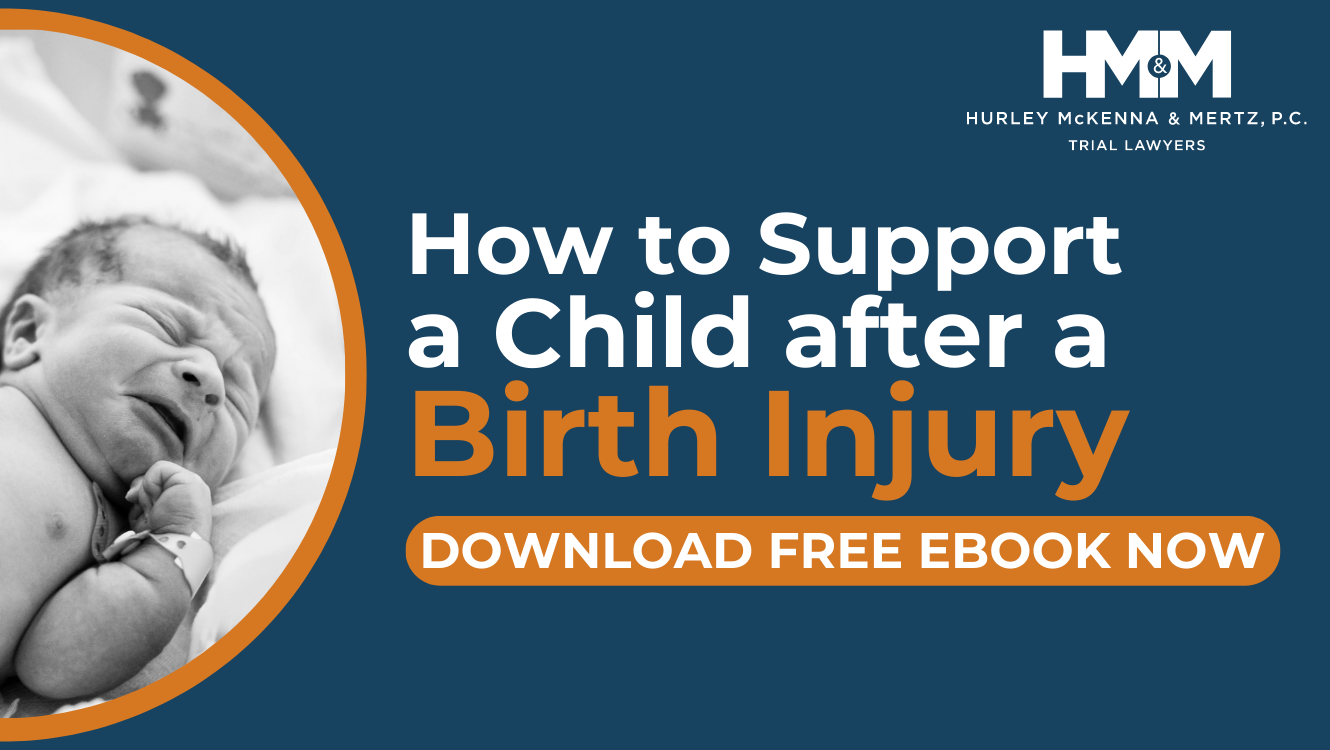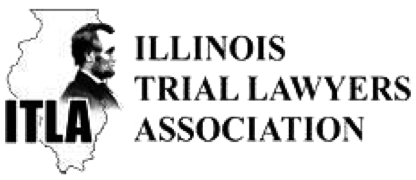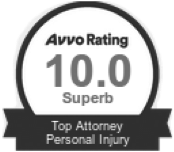Of all the birth complications that can arise for a mother and newborn, preeclampsia is one of the most dangerous. Though it should be prevented through careful medical care, preeclampsia may cause a range of painful, traumatic symptoms for the mother that can lead to lifelong conditions.
Similarly, if the mother experiences preeclampsia, her child may develop either temporary or lasting complications. In the most extreme cases, preeclampsia can end the child’s life. While these cases are rare, they are not impossible.
Although the death of the mother or child is relatively uncommon, lasting conditions in the child happen more frequently than you may realize—and there are many ways preeclampsia can affect a baby.
How Preeclampsia Develops
Preeclampsia impacts a range of organs and bodily processes. It’s a dangerous condition if left untreated. In fact, preeclampsia malpractice is a common issue among mothers and babies who experience the traumatic and potentially fatal condition.
What causes preeclampsia?
There’s no single cause of preeclampsia. Rather, it’s a condition that is believed to begin in the placenta. Because this is the organ that nourishes the fetus through development, it’s especially dangerous if it becomes compromised during development.
In the early stages of the mother’s pregnancy, she develops new blood vessels that send blood to the placenta. However, blood vessels in mothers who develop preeclampsia do not develop or function correctly. With a limited amount of blood flow, the fetus doesn’t receive the blood it requires for healthy development.
Who is at risk of developing preeclampsia?
Preeclampsia can develop in virtually any pregnant woman, regardless of age, health, or other factors. While women with certain conditions are more likely to develop preeclampsia, healthy women are not immune.
Risk factors include:
- Chronic hypertension (high blood pressure)
- It is the woman’s first pregnancy
- Pregnancy with a new male partner
- Women over 35
- Race; black women face an elevated risk
- Obesity
- Being pregnant with multiple babies
- Diabetes, kidney disease, and a history of developing blood clots
How Preeclampsia Affects Babies
While preeclampsia is likely first detected in the mother, the complications are often more severe in the child. The condition may impact babies in multiple ways, with a number of complications—temporary or lifelong.
Some effects of preeclampsia to the baby include:
- Restriction of the fetus’ growth
- Premature/preterm birth
- Abruption of the placenta
- Lack of oxygen
- HELLP syndrome (hemolysis, elevated liver enzymes, and low platelet count)
- Eclampsia (seizures in addition to other preeclampsia conditions)
- Damage to other organs, including the brain, kidneys, liver, eyes, heart, lungs
- Stroke or severe brain injury
- Cardiovascular disease
- Cerebral palsy
Each of these conditions may lead to other complications. Even when they do not, they may become a months-, years,- or lifelong condition that severely limits your and your child’s quality of life.
If your preeclampsia was undiagnosed or misdiagnosed and you or your child suffered, know that you have support and options for pursuing justice for malpractice.
Receive the Justice and Compensation You Deserve for Your Care Provider’s Preeclampsia Malpractice
If you suspect that your child’s preeclampsia complications could have been avoided and were the result of medical malpractice, you have every right to receive the closure, compensation, and justice due to you and your child.
The team at Hurley McKenna & Mertz knows how painful it can be to confront the cause of your child’s health issues. We want to assure you that, when you come to us to represent you and your case, you will be treated with the compassion and professionalism you deserve. Contact us today for your free consultation and to learn how we can support and represent you.
Download Our Free Ebook for Birth Injury Resources and Support
If your child suffered a serious and permanent birth injury, you’re not alone. Download our free birth injury ebook, where we share the resources that have helped our many clients support their families after the unthinkable. It also lists top support groups, de-mystifies medical jargon, and explains how to know when it’s time to seek justice through legal action.







